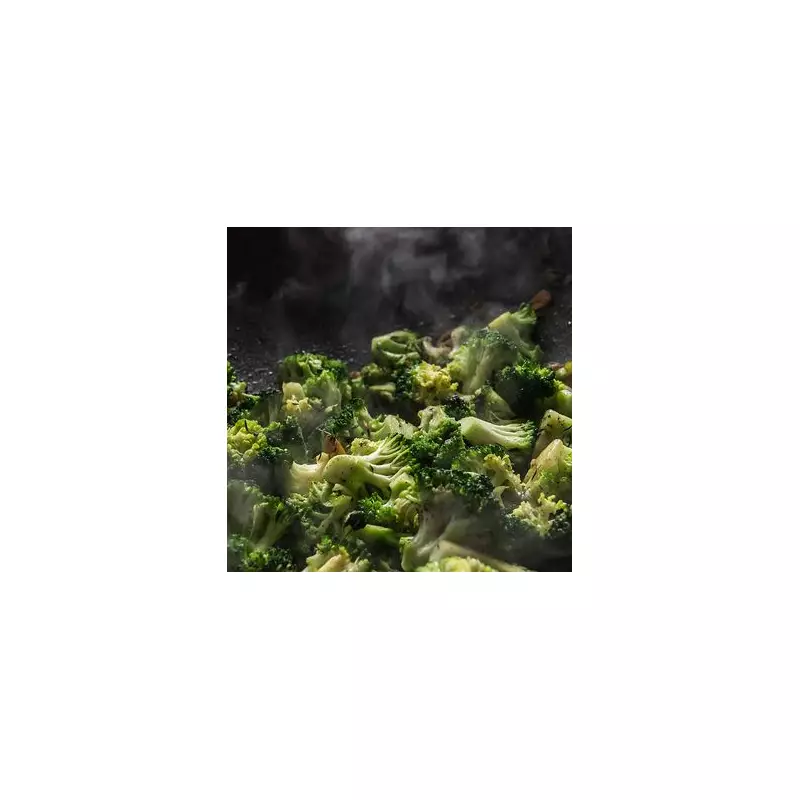
For generations, Brits have been boiling their broccoli to oblivion, unaware they're pouring precious health benefits straight down the drain. Groundbreaking research reveals that our traditional cooking methods are destroying the very compounds that make this humble green vegetable a nutritional powerhouse.
The Sulforaphane Sabotage
At the heart of broccoli's superfood status lies sulforaphane - a remarkable compound with proven cancer-fighting properties. Yet most home cooks are systematically annihilating this precious substance through improper preparation.
"When you chop broccoli and immediately apply heat, you're essentially disabling its natural defence system," explains food scientist Dr Emma Richardson. "The enzyme that creates sulforaphane is heat-sensitive, while the precursor compound survives cooking. By keeping them separate until the last moment, you preserve the vegetable's full potential."
The Revolutionary Preparation Method
Instead of your usual routine, try this scientifically-backed approach:
- Chop and wait: After cutting your broccoli into florets, let it rest for 90 minutes before cooking
- Gentle heat: Steam rather than boil to preserve nutrients
- Quick cook: Limit cooking time to preserve texture and benefits
This simple delay allows the enzyme myrosinase to work its magic, converting glucoraphanin into the valuable sulforaphane that makes broccoli so beneficial.
Why Your Current Method Fails
Most British households commit two cardinal sins against broccoli:
- Over-boiling: Turns vibrant florets into mushy, greyish lumps while leaching nutrients into cooking water
- Immediate cooking: Prevents the chemical reaction that creates cancer-fighting compounds
"The difference isn't just nutritional - it's culinary too," says Michelin-starred chef James Wilkinson. "Properly prepared broccoli has better texture, brighter colour, and more complex flavour. It's the difference between eating a vegetable and experiencing one."
Beyond the Florets
Don't discard those stalks and leaves! The research shows that broccoli stems contain even higher concentrations of beneficial compounds than the florets themselves.
"We've been throwing away the most nutritious parts," notes Dr Richardson. "The stalks are packed with fibre and nutrients, while the leaves contain concentrated antioxidants. It's like buying premium ingredients and only using half."
This revelation could transform how British families approach their weekly veg shop, turning what was often considered waste into valuable nutritional resources.
The Taste Test Results
Home cooks who've adopted the new method report remarkable differences:
- Crisper texture that retains bite
- Vibrant green colour that doesn't fade
- Enhanced nutty, slightly sweet flavour
- No more unpleasant sulphur odours
This isn't just about health - it's about rediscovering why broccoli deserves its place on your plate. The method works equally well with other cruciferous vegetables including cauliflower, kale, and Brussels sprouts.
So next time you're preparing dinner, remember: great broccoli isn't just cooked, it's orchestrated. That 90-minute wait could be the most valuable pause in your cooking routine.





